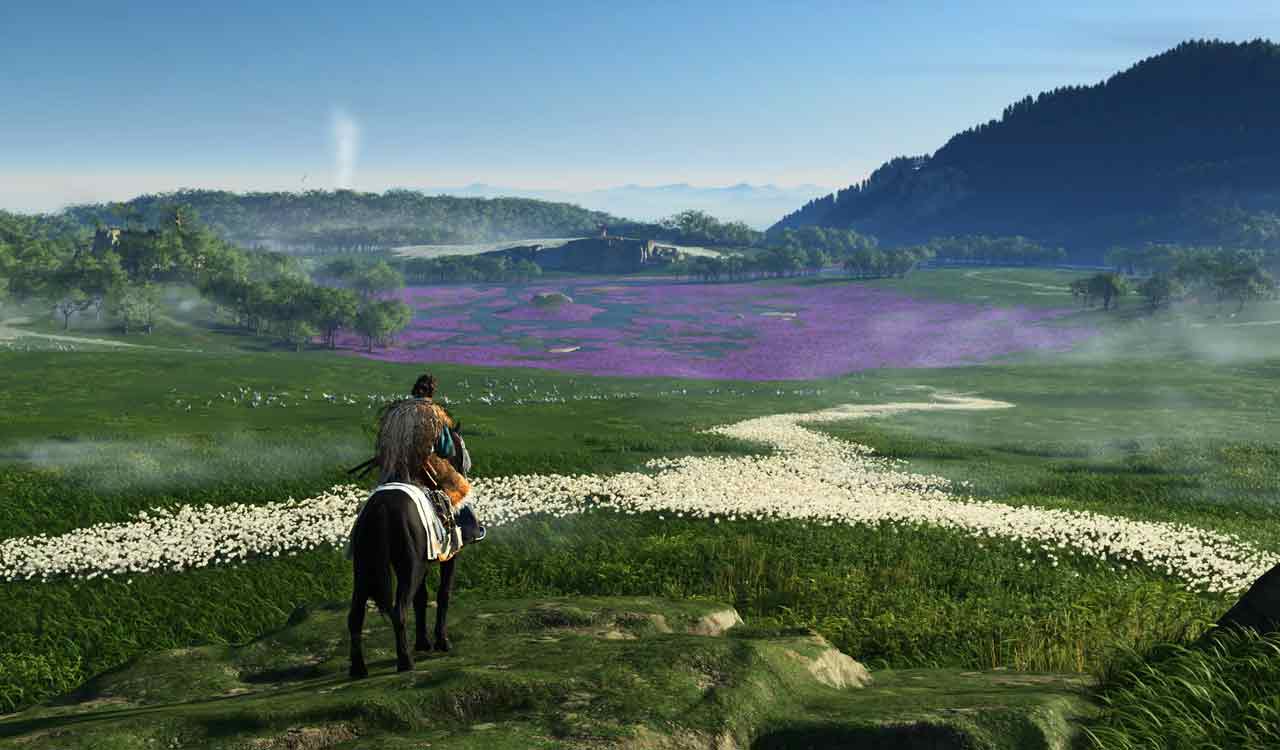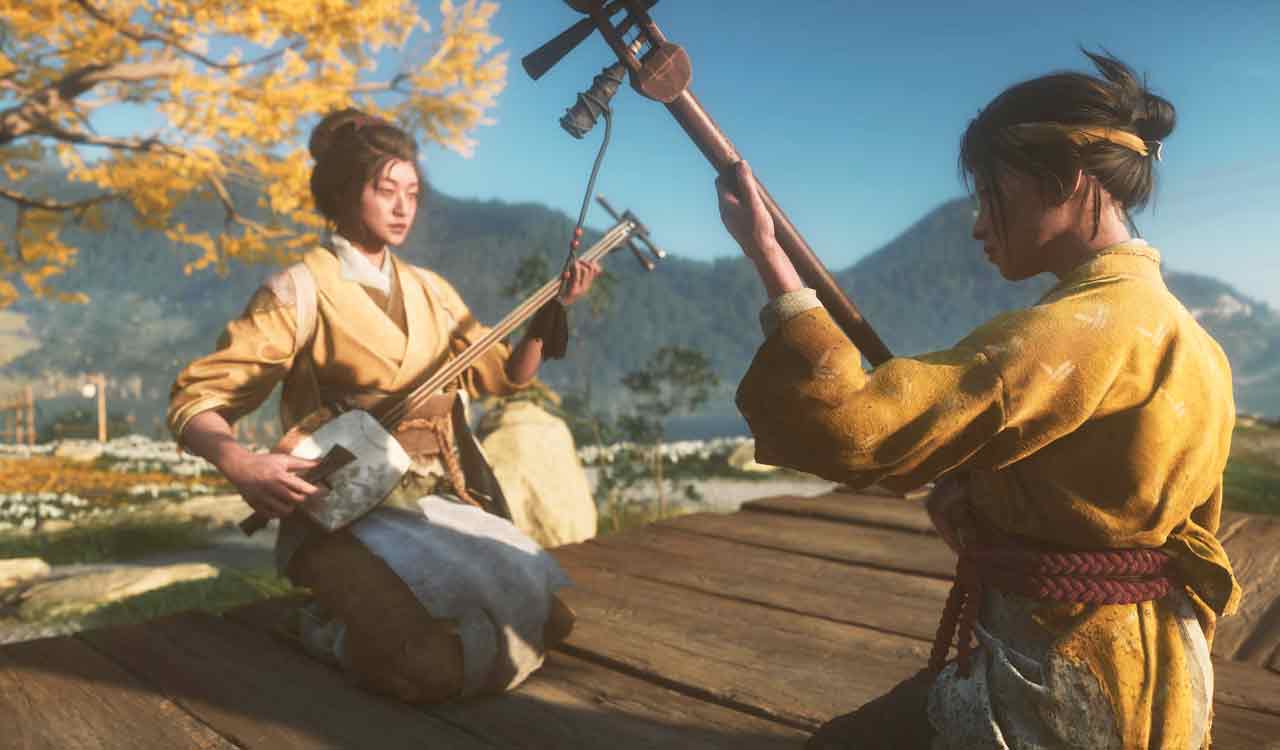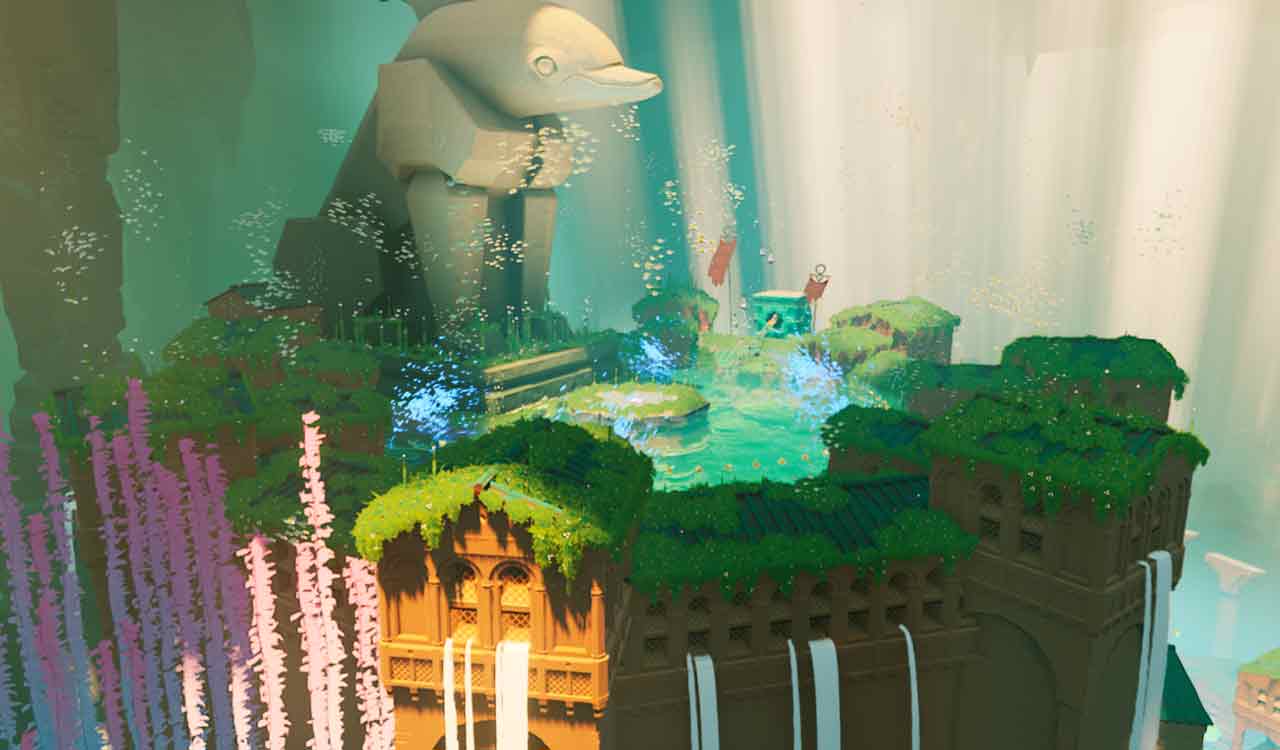Chasing flow: How Yotei, Silksong, and Sword of the Sea turn play into meditation
This article explores how Ghost of Yotei, Hollow Knight: Silksong, and Sword of the Sea use rhythm, design, and emotion to help players find “flow” — a state of deep focus and joy that makes gaming feel calm, natural, and meaningful
Hyderabad: I am riding through the open fields in Ezo atop my horse Shimaki (Japanese for Tornado), heading towards a watch tower in the distance. As I begin to gather momentum and my trusty steed begins taking longer strides in classic Ghost of Yotei fashion, I see stalks of green shimmer with a silver light and I pluck at them for young bamboo without halting my stride. As I turn, I see a pink flower shimmering in a similar way. In a few minutes, the watch tower lies forgotten in the distance as I continue riding at high speeds and keep seeking the haptic feedback my controller sends to my palms.
A few weeks ago, I was doing the same, but not on my PlayStation 5 but rather my Xbox One controller as I parried, dodged, jumped and struck at a plethora of enemies and bosses as Hornet, the heroine of Hollow Knight: Silksong. In a few hours with the game, I had stopped playing the game as an action platformer and had begun to see it as a rhythmic challenge – one where I was searching for the right melody that matched the tempo of the obstacle or adversary in front of me. Once the symphony was understood, nothing stood in my way, be it the Moss Mother, the Savage Beastly, or the Last Judge.
At the end of August, I was surfing atop a sword, transforming a desert into an aquatic paradise, unlocking dolphins, schools of fish, and coral while searching for rhythm and style in a solitary journey accompanied by brilliant music and breathtaking vistas.
All three games, Yotei, Silksong, and Sword of the Sea, are drastically different experiences: one is a journey of revenge and acceptance, the other along painful search for mastery, and the third a short eulogy to the pain we experience.
All three games’ mechanics offer players moments of flow if they are able to unlock them. Hungarian psychologist Mihaly Csikzentmihaly recognises “flow” as moments of intense living that are interspersed in the mundane everydays of our lives but also finds it to be a highly focused mental state that can enable clear thought and immense productivity.
In games, flow is more achievable than in offline lives because of how controlled the environments are, and the players search for mastery over game’s controls and challenges.
Modern game design for flow by trying to offer players moments of reflection and thought. Such is the integration of flow as a core idea of Yotei’s gameplay that the game sees no need for a mini map and only relies on the guiding wind, golden birds, and shimmering lights in the landscape.
The haptics from the controller nudge you on and so does the music, but it is the game’s remarkable sense of freedom in solitude that characterises the joy you feel.
Building for flow is often the most challenging for game makers, considering that no two players often have the same experience. But achieving flow is the pinnacle, the one thing we all aspire for and it is a great feeling to see game makers refine mechanics for it rather than building worlds that engage and waste time. Give Yotei, Silksong, and Sword of the Sea a try if you haven’t already. They are great experiences that are worthy of your curiosity.
Related News
-
Telangana HC pulls up discom over inaction on GITAM’s Rs 118-cr power arrears
-
Telangana High Court hears pleas challenging GHMC delimitation exercise
-
BC organisations demand Private Bill on 42% quota, threaten stir on the lines of farmers’ agitation
-
Krishna Bhaskar takes charge as CMD of Singareni Collieries Company Limited
-
UP man kills wife, two daughters, buries bodies in home courtyard
5 mins ago -
Speeding car hits roadside shed, one killed, two injured in Hyderabad
16 mins ago -
Aamir Khan says he would love to attend Kumbh Mela
19 mins ago -
US senators move bill to sanction buyers of Russian oil
22 mins ago -
Trump expands US travel ban, adds 20 countries and Palestinians
29 mins ago -
Jaishankar meets Netanyahu, discusses deepening India-Israel ties
31 mins ago -
Horoscope: Find out your star predictions today, Dec 17, 2025
59 mins ago -
Agencies probe Hyderabad family of Bondi Beach shooter Sajid Akram
9 hours ago







